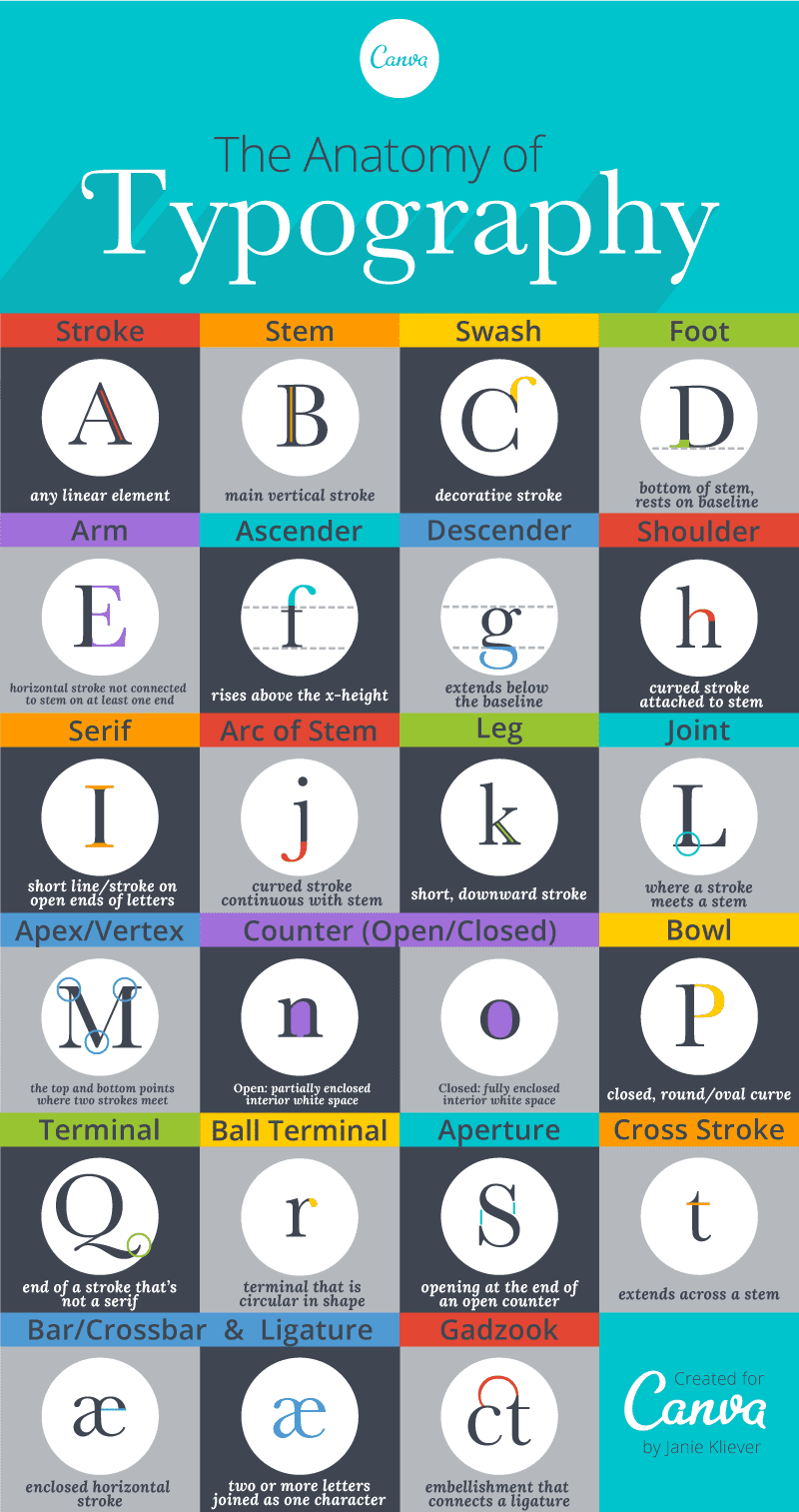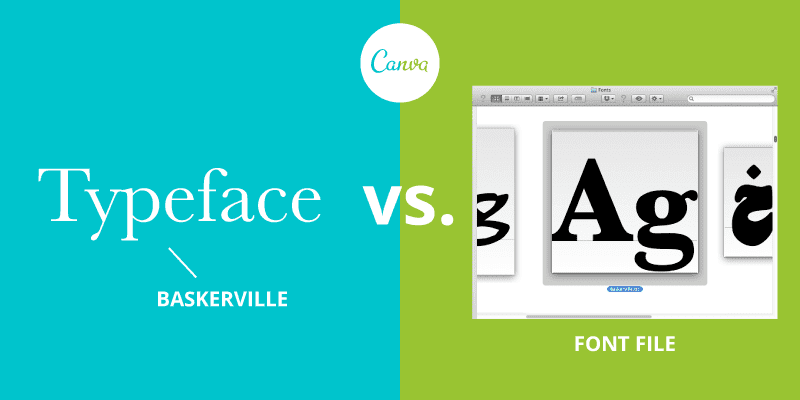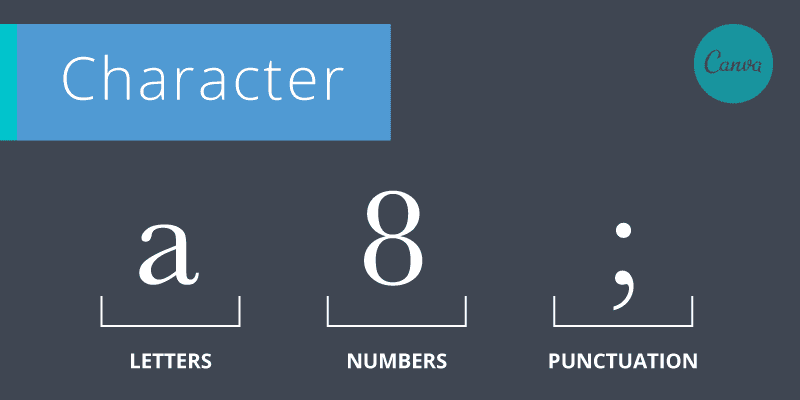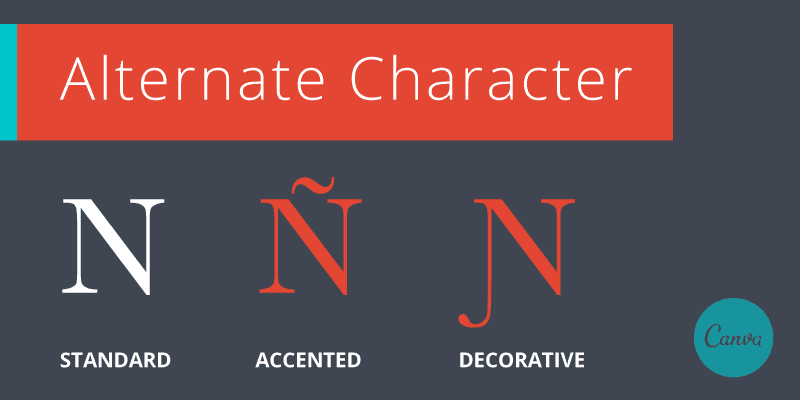
Sorting out all those terms can be confusing in itself, so we’ve compiled a visual glossary that will guide you through the lingo — whether you’re an aspiring typeface designer or just a general typography enthusiast. Learning the building blocks of typography will help you better understand how to pick a suitable font and apply it effectively within your design projects.

The Basics: Typefaces Categories & Styles
01. Font/Typeface:

Back in the days of metal type and printing presses, fonts and typefaces were two different things — the typeface was the specific design of the letters, say Times New Roman or Baskerville; while the font referred to the particular size or style of that typeface, say 10 point regular or 24 point italic (each created as its own collection of cast metal letters and other characters). Today, however, many designers use the terms more or less interchangeably. The best and most straightforward modern definition I’ve run across (courtesy of Fontshop) goes as follows:
“A collection of letters, numbers, punctuation, and other symbols used to set text (or related) matter. Although font and typeface are often used interchangeably, font refers to the physical embodiment (whether it’s a case of metal pieces or a computer file) while typeface refers to the design (the way it looks). A font is what you use, and a typeface is what you see.”
02. Character:

An individual symbol of the full character set that makes up a typeface; may take the form of a letter, number, punctuation mark, etc.
03. Alternate Character / Glyph:

A non-standard (sometimes decorative) variation of a character that comes as an extra option with a font file.
04. Serif:

A short line or stroke attached to or extending from the open ends of a letterform; also refers to the general category of typefaces that have been designed with this feature.
Continue reading
Related posts
Magazine Training International’s mission is to encourage, strengthen, and provide training and resources to Christian magazine publishers as they seek to build the church and reach their societies for Christ.

